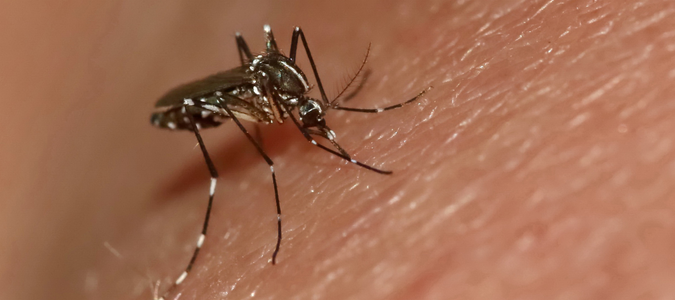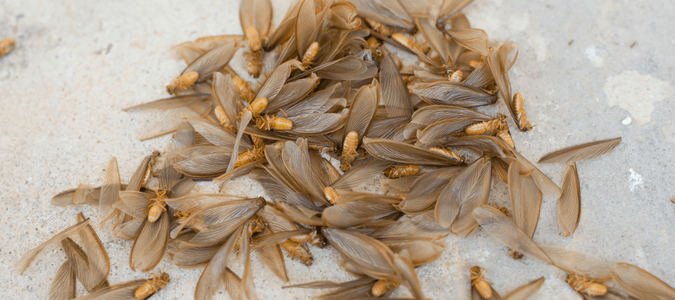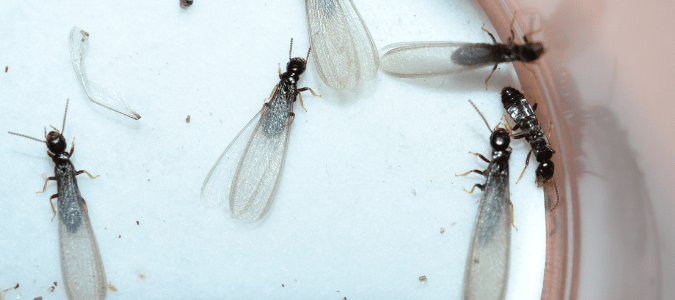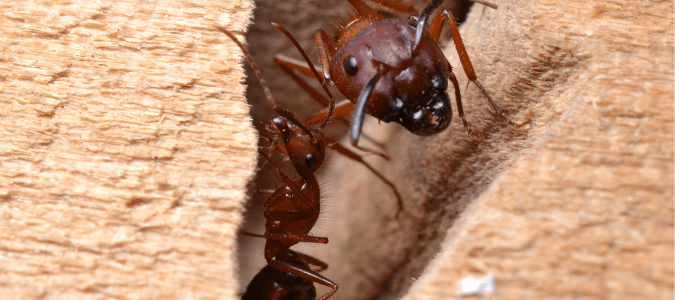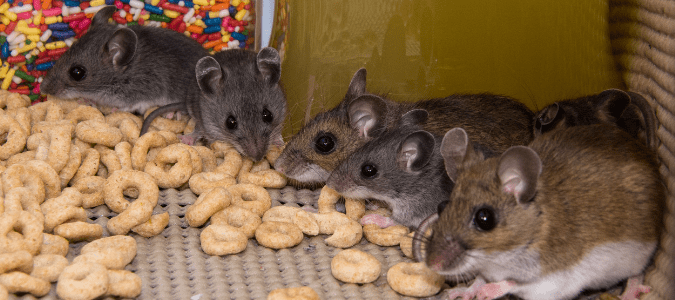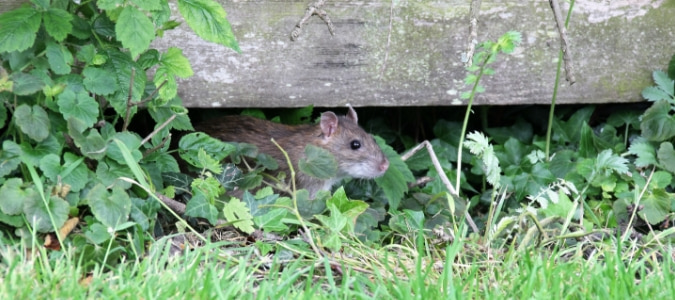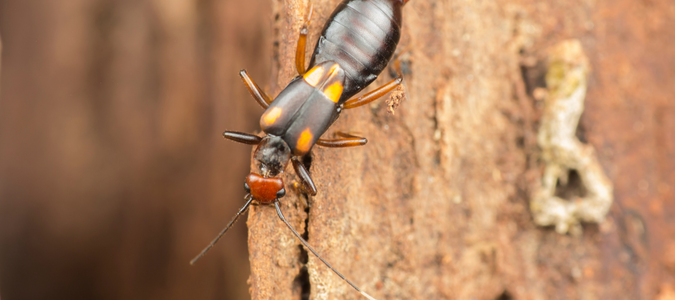Do Bed Bugs Jump?
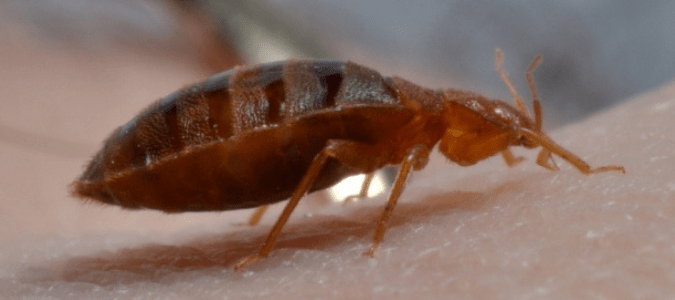
Bed bugs are annoying and unwelcome pests. These small, oval, brownish insects feed on the blood of humans and animals. An adult bed bug is about the size of an apple seed and tends to swell and turn reddish after feeding.
Unlike ants or bees, these pests don’t build nests but hang out in groups in dark, out-of-the-way hiding places. These often include mattresses, box springs, bed frames and headboards.
In time their numbers can increase as they seek other hiding spots, including other nearby rooms. Bed bugs can be found almost anywhere there’s potential for a suitable host.
Do Bed Bugs Jump?
Bed bugs make use of anyone traveling from place to place. These unwanted hitchhikers will hide in the creases and folds of just about any mode of transport, including suitcases, backpacks, bedding and furniture.
Unlike fleas, which can jump great distances, bed bugs have no jumping abilities and must instead crawl across … Read Full Post »
